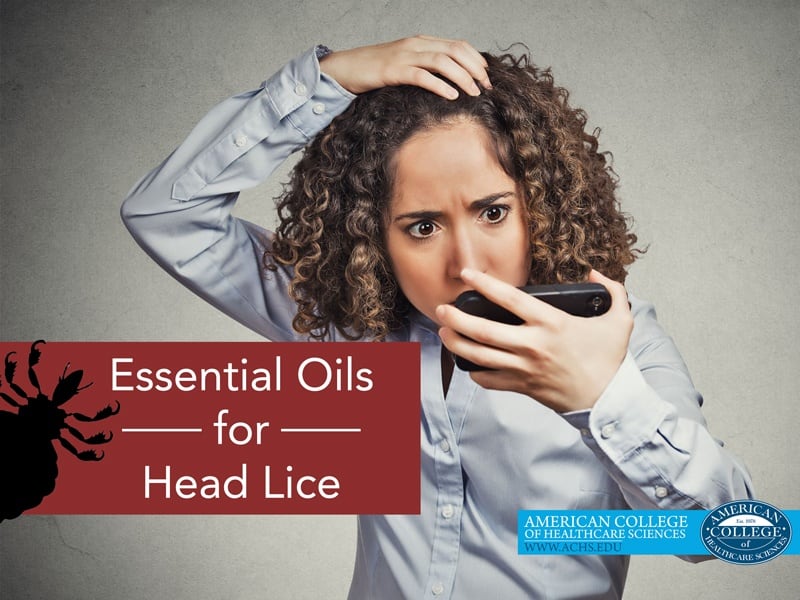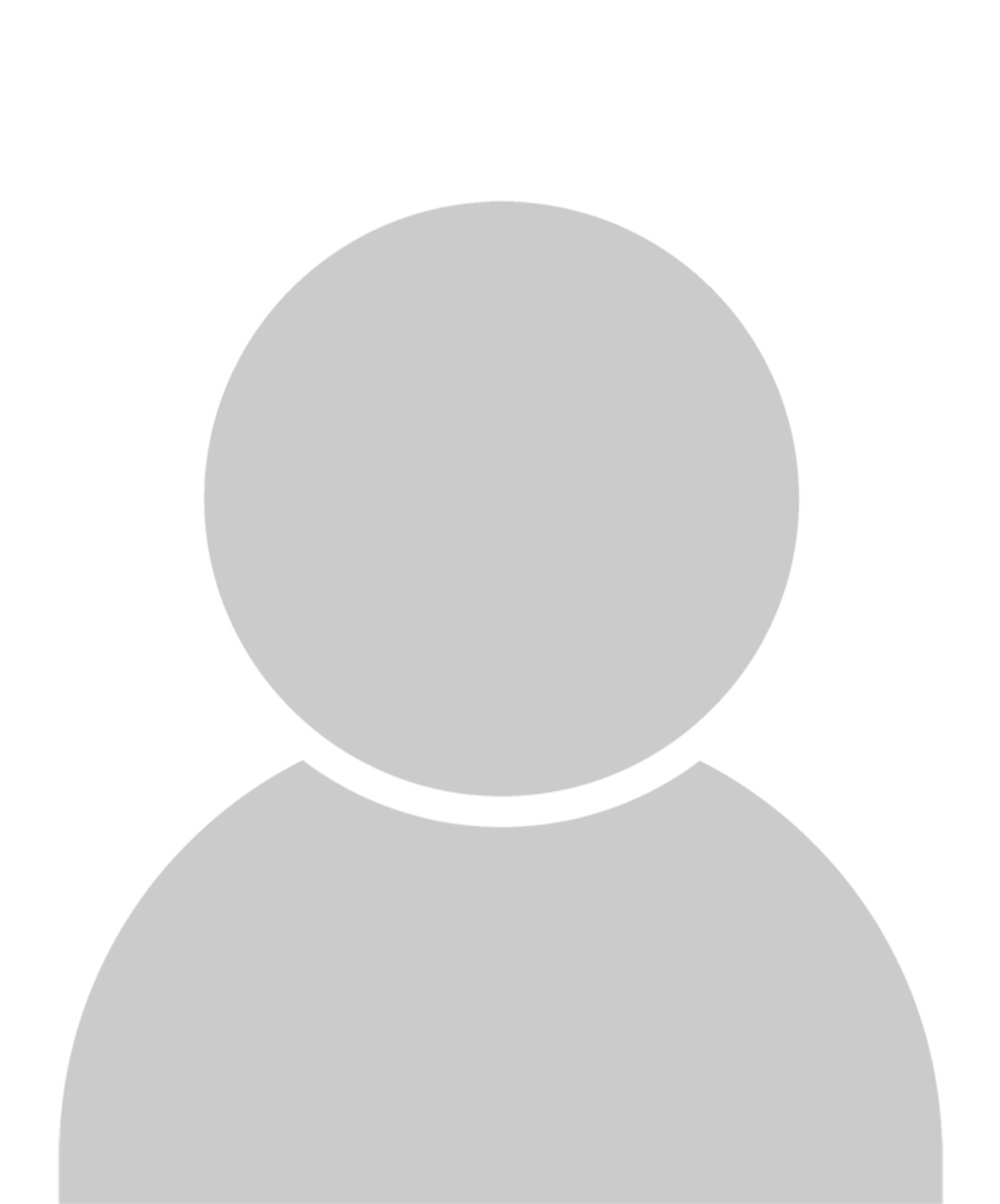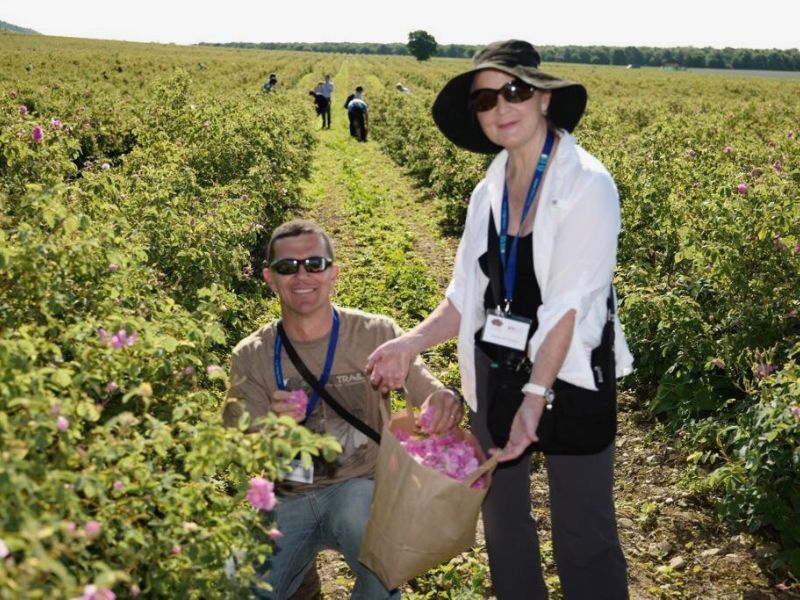Head lice infestations (also called pediculosis) have been a common problem throughout human history. Scientists have found nits of Pediculus humanus capitis (head lice eggs) in human hair remnants dating all the way back to 9000 BC![1]
Lice: An Ancient Pest
Treatment against head lice is mentioned in the Ebers Papyrus, one of the oldest medical documents written around 1550 BC. According to its writings, the ancients were advised to take a mouthful of warm date meal and water and then spit it on the skin “in order to drive away the Fleas and Lice which disport themselves…” While an interesting practice, it is somewhat questionable if this method was effective against lice since priests in Ancient Egypt were required to shave their heads to prevent this problem.
Not all preparations were as safe as spitting out a mouthful of date meal. For example, arsenic-containing preparations were used in Ancient China,[2] while the Household Encyclopedia published in Pennsylvania in 1881 suggested topical application of a remedy containing mercury![3] While I enjoy researching ancient remedies, I don’t recommend these methods.
Toxic Chemicals and Lice “Cures”
Today, we see shampoos and creams containing insecticides, such as permethrin, pyrethrins, and DEET, used to treat and prevent head lice. However, these compounds are quite toxic.
As an example, permethrin acts as a neurotoxin. In addition, with recent reports on drug-resistant lice,[4] these chemicals may soon be no more effective than date meal and spit used in Ancient Egypt! It’s time to look at some other natural options for head lice.
Natural Remedy for Head Lice: Essential Oils
Essential oils, synthesized by plants as part of their natural defense mechanism, often possess insecticidal properties. Ancient Greeks noticed that they are also quite effective against head lice. For example, De Materia Medica, written by Pedanius Dioscorides around 50–70 AD, suggests an application of cedarwood essential oil derived either from kedros (cedar) Cedrus libani A. Rich. or from cedrelate Juniperus excelsa M. Bieb, also known as Grecian juniper.
Scientists tested a number of essential oils against head lice (one study included 54 different essential oils) and found many of them effective. Eucalyptus Eucalyptus globulus (Labill.), marjoram Origanum majorana (L.), pennyroyal Mentha pulegium (L.), and rosemary Rosmarinus officinalis (L.) essential oils were more effective than phenothrin and pyrethrum (active ingredients in over-the-counter lice treatments).[5]
Cautions: It’s important to note that pennyroyal M. pulegium essential oil has a very high content of neurotoxic ketones (pulegone), so I would NOT recommend its use in homemade lice remedies. You should also avoid using eucalyptus E. globulus essential oil with kids six years or younger due to the high 1,8 cineole content (another neurotoxic compound). Be careful with marjoram O. majorana and rosemary R. officinalis essential oils as well because they can also have rather high 1,8 cineole content depending on the chemotype.
Luckily, tea tree Australia Melaleuca alternifolia (Cheel), an essential oil with an exceptional safety profile, was also shown to be extremely effective against head lice[6][7]. A combination of tea tree M. alternifolia and lavender Lavandula angustifolia (Mill.) in a 10:1 ratio was even more effective than commercial treatment and eliminated lice in >97% when applied three times with weekly intervals (once every seven days)![8]
Natural Recipe for Head Lice
Try dissolving two drops (0.1 milliliters) of one of the essential oils above (again, avoid pennyroyal M. pulegium all together and choose tea tree M. alternifolia and lavender L. angustifolia when blending for kids) in 10 milliliters of water or vodka (40% ethanol solution) and use as a hair wash (1% dilution).
Vinegar can also be used as a natural alternative. Mix 50 milliliters of vinegar with 50 milliliters of water, add two drops of the same essential oil, and use as a rinse after the primary essential oil treatment (0.1% dilution)[9]. Repeat the process every seven days for 21 days. This will help discourage lice that may be forming from the remaining nits.
What natural remedies have you tried? Leave me a note in the comments.
Disclosure of Material Connection: I am the Academic Dean of American College of Healthcare Sciences, the Institution that publishes this blog. However, all opinions are my own. This blog may contain affiliate links. I am disclosing this in accordance with the Federal Trade Commission’s 16 CFR, Part 255: “Guides Concerning the Use of Endorsements and Testimonials in Advertising.”
This article is for informational purposes only. It is not intended to treat, diagnose, cure, or prevent disease. This article has not been reviewed by the FDA. Always consult with your primary care physician or naturopathic doctor before making any significant changes to your health and wellness routine.
[1] Mumcuoglu, K.Y. and Zias, J. (1991). Pre-pottery Neolithic B head lice from Nahal Hemar Cave and dated 6,900-6,300 B.C.E.. Atikot, 20, 167.
[2] Sarquis, M. (1979). Arsenic and old myths. J. Chem. Educ., 56(12), 815. doi:10.1021/ed056p815
[3] Jones, R., & Crow, J. (2012). The little book of nits (p. 59). London: A. & C. Black.
[4] Mozes, A. (2015). Head Lice Now Resistant to Common Meds in 25 States. WebMD. Retrieved from http://www.webmd.com/skin-problems-and-treatments/news/20150818/head-lice-now-resistant-to-common-meds-in-25-states
[5] Yang, Y., Lee, H., Clark, J., & Ahn, Y. (2004). Insecticidal Activity of Plant Essential Oils Against Pediculus humanus capitis (Anoplura: Pediculidae). Journal Of Medical Entomology, 41(4), 699-704. doi:10.1603/0022-2585-41.4.699
[6] Williamson, E., Priestley, C., & Burgess, I. (2007). An investigation and comparison of the bioactivity of selected essential oils on human lice and house dust mites. Fitoterapia, 78(7-8), 521-525. doi:10.1016/j.fitote.2007.06.001
[7] Canyon, D., & Speare, R. (2007). A comparison of botanical and synthetic substances commonly used to prevent head lice (Pediculus humanus var. capitis) infestation. International Journal Of Dermatology, 46(4), 422-426. doi:10.1111/j.1365-4632.2007.03132.x
[8] Barker, S., & Altman, P. (2010). A randomised, assessor blind, parallel group comparative efficacy trial of three products for the treatment of head lice in children – melaleuca oil and lavender oil, pyrethrins and piperonyl butoxide, and a “suffocation” product. BMC Dermatol, 10(1), 6. http://dx.doi.org/10.1186/1471-5945-10-6
[9] Veal, L. (1996). The potential effectiveness of essential oils as a treatment for headlice, Pediculus humanus capitis. Complementary Therapies In Nursing And Midwifery, 2(4), 97-101. doi:10.1016/s1353-6117(96)80083-7




